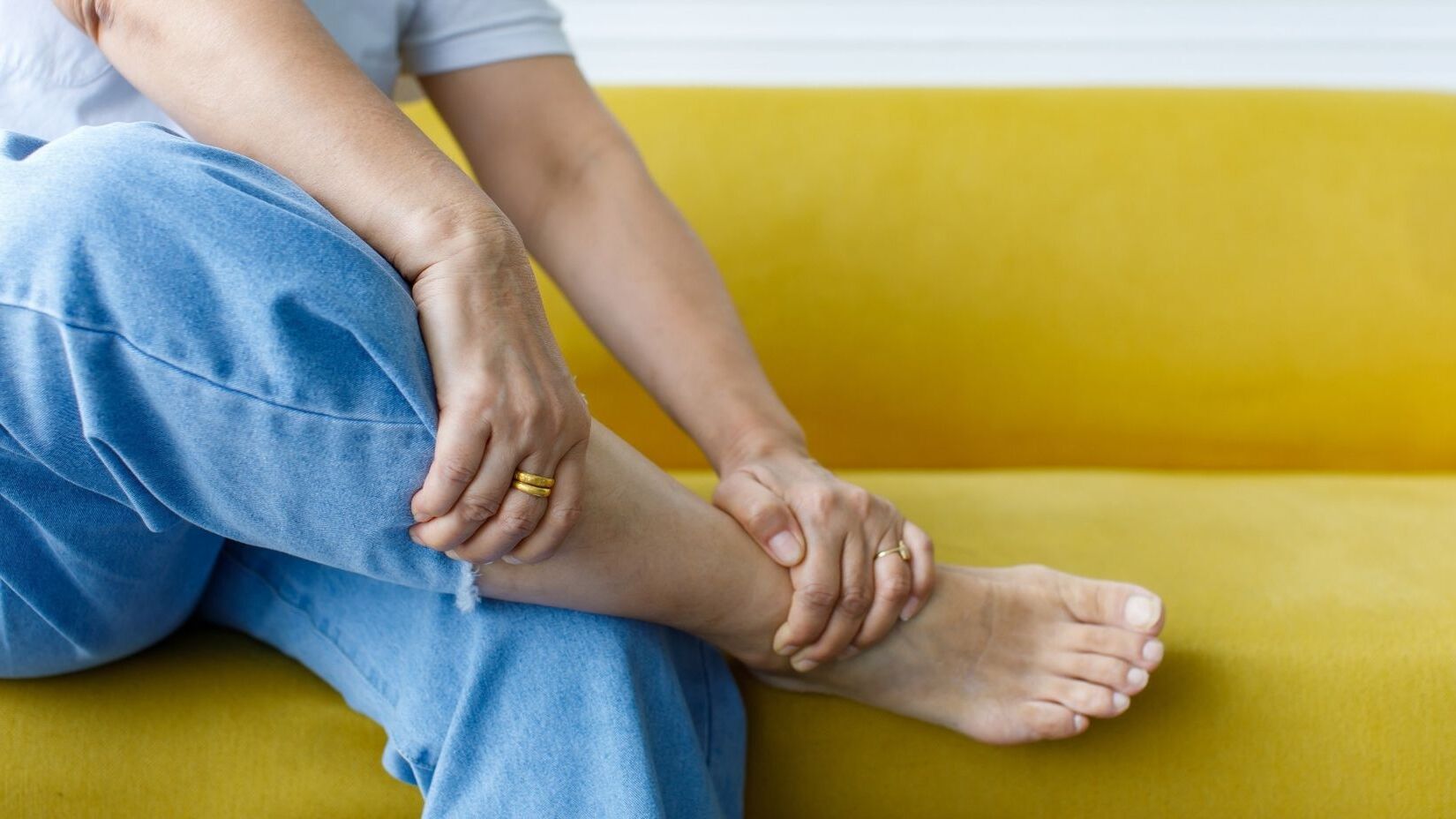
Post-Vasectomy Pain Syndrome (PVPS) is a condition that can affect men after undergoing a vasectomy. While vasectomies are generally considered safe and effective, some men experience chronic pain in the testicles, scrotum, or lower abdomen. This pain can range from mild discomfort to severe, debilitating pain that impacts daily activities. PVPS can occur immediately after the procedure or develop months or even years later. Understanding the symptoms, causes, and treatment options is crucial for those considering a vasectomy or already experiencing pain. This article will provide 40 essential facts about Post-Vasectomy Pain Syndrome to help you make informed decisions and manage this condition effectively.
Key Takeaways:
- Post-Vasectomy Pain Syndrome (PVPS) affects a small percentage of men, causing chronic pain that can vary in intensity and location. Understanding the causes and seeking early intervention is crucial for effective management.
- Lifestyle changes, medical treatments, and seeking support can help manage PVPS and improve the long-term outlook. It's important to stay informed, seek help, and remain hopeful for better treatments in the future.
Understanding Post-Vasectomy Pain Syndrome
Post-Vasectomy Pain Syndrome (PVPS) is a condition that some men experience after undergoing a vasectomy. This chronic pain can be distressing and impact daily life. Here are some key facts to help you understand PVPS better.
-
PVPS affects a small percentage of men: While most men recover without issues, around 1-2% may experience chronic pain.
-
Pain can vary in intensity: Some men report mild discomfort, while others experience severe pain that interferes with activities.
-
Symptoms can appear immediately or years later: PVPS might develop right after surgery or even several years post-vasectomy.
-
Pain location varies: Discomfort can be felt in the testicles, scrotum, lower abdomen, or even the groin.
-
Pain can be constant or intermittent: Some men have continuous pain, while others experience it sporadically.
Causes of Post-Vasectomy Pain Syndrome
Understanding what causes PVPS can help in managing and treating the condition. Here are some possible causes.
-
Nerve damage: Surgical procedures can sometimes damage nerves, leading to chronic pain.
-
Sperm granulomas: These are small lumps that form when sperm leaks from the cut vas deferens, causing inflammation.
-
Congestion: Blockage in the epididymis can cause pressure and pain due to sperm build-up.
-
Scar tissue: Formation of scar tissue around the vasectomy site can lead to discomfort.
-
Infection: Although rare, infections post-surgery can cause pain and swelling.
Diagnosing PVPS
Proper diagnosis is crucial for effective treatment. Here’s how PVPS is typically diagnosed.
-
Medical history review: Doctors will ask about your symptoms and medical history.
-
Physical examination: A thorough examination of the scrotum and testicles is conducted.
-
Ultrasound: Imaging tests like ultrasounds can help identify abnormalities.
-
Nerve block tests: These tests can determine if nerve pain is the cause.
-
Semen analysis: Checking for sperm in the semen can indicate if there’s a blockage.
Treatment Options for PVPS
Several treatment options are available to manage PVPS. Here are some common ones.
-
Pain medications: Over-the-counter or prescription pain relievers can help manage symptoms.
-
Anti-inflammatory drugs: These can reduce inflammation and pain.
-
Nerve blocks: Injections that numb the affected nerves can provide relief.
-
Physical therapy: Exercises and techniques to relieve pain and improve function.
-
Surgical options: In severe cases, procedures like vasectomy reversal or nerve removal might be considered.
Lifestyle and Home Remedies
In addition to medical treatments, lifestyle changes and home remedies can help manage PVPS.
-
Supportive underwear: Wearing snug underwear can reduce scrotal movement and pain.
-
Cold packs: Applying ice packs can reduce swelling and discomfort.
-
Rest: Taking it easy and avoiding strenuous activities can help.
-
Stress management: Techniques like meditation and deep breathing can reduce pain perception.
-
Dietary changes: Anti-inflammatory diets might help reduce symptoms.
Psychological Impact of PVPS
Chronic pain can take a toll on mental health. Here’s how PVPS can affect psychological well-being.
-
Anxiety: Constant pain can lead to anxiety about health and future well-being.
-
Depression: Persistent discomfort can cause feelings of hopelessness and depression.
-
Relationship strain: Pain can affect intimacy and strain relationships.
-
Sleep disturbances: Chronic pain can interfere with sleep, leading to fatigue and irritability.
-
Social withdrawal: Men with PVPS might avoid social activities due to discomfort.
Seeking Support and Resources
Finding support can make managing PVPS easier. Here are some ways to seek help.
-
Support groups: Joining groups with others experiencing PVPS can provide comfort and advice.
-
Counseling: Professional counseling can help manage the emotional impact of chronic pain.
-
Educational resources: Reading up on PVPS can help you understand and manage the condition better.
-
Online forums: Participating in online discussions can offer support and tips.
-
Medical professionals: Regular check-ups with healthcare providers ensure proper management of PVPS.
Long-Term Outlook for PVPS
Understanding the long-term outlook can help in coping with PVPS. Here’s what you need to know.
-
Varied prognosis: Some men find relief over time, while others may have persistent symptoms.
-
Ongoing research: Studies are continually being conducted to find better treatments and understand PVPS.
-
Importance of early intervention: Early treatment can improve outcomes and reduce the risk of chronic pain.
-
Lifestyle adjustments: Adapting your lifestyle can help manage symptoms and improve quality of life.
-
Hope for the future: Advances in medical science offer hope for better treatments and potential cures.
Final Thoughts on Post-Vasectomy Pain Syndrome
Post-Vasectomy Pain Syndrome (PVPS) affects a small percentage of men but can significantly impact their quality of life. Symptoms include chronic pain, discomfort during intercourse, and swelling. While the exact cause remains unclear, nerve damage, sperm granulomas, and scar tissue are potential culprits. Treatment options range from medications and physical therapy to surgical interventions like vasectomy reversal or nerve blocks.
Awareness and early intervention are crucial for managing PVPS effectively. If you experience persistent pain after a vasectomy, consult a healthcare professional for a thorough evaluation and personalized treatment plan. Remember, every case is unique, and what works for one person might not work for another. Stay informed, seek support, and explore all available options to find the best solution for your situation.
Frequently Asked Questions
Was this page helpful?
Our commitment to delivering trustworthy and engaging content is at the heart of what we do. Each fact on our site is contributed by real users like you, bringing a wealth of diverse insights and information. To ensure the highest standards of accuracy and reliability, our dedicated editors meticulously review each submission. This process guarantees that the facts we share are not only fascinating but also credible. Trust in our commitment to quality and authenticity as you explore and learn with us.


